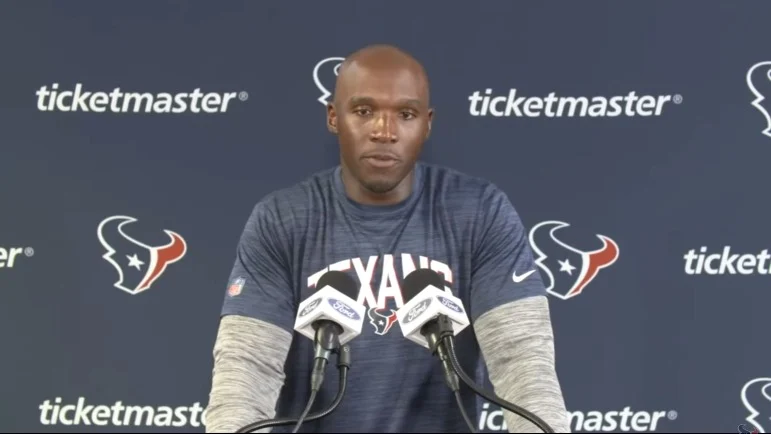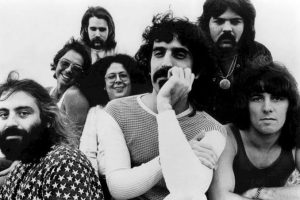
Upset And Sad News: Houston Texans Manager Has Been Fired By NFL” Due To…
Monday is when it all begins, the NFL free agency land rush. Starting at 11 a.m. that morning, NFL teams can begin talking to free agents from other teams. Because they have more free agents than any other team in the NFL, the Texans have more holes to fill than any other team in the NFL. Between now and Monday, though, they still have exclusive access to their own free agents.
The process of bringing some of last year’s stalwarts on the 10-7 division champion Texans began on Tuesday with tight end Dalton Schultz inking a three-year, $36 million deal to return to the Texans in 2024. There are roughly two dozen free agents who could return to the Texans. Here are the six most relevant ones remaining, and my estimate on the percentage chance they come back.
Here we go…
Jonathan Greenard, DE, Age 26
Greenard is going to be one fo the most sought after free agent edge rushers on the market, especially after Brian Burns and Josh Allen both received franchise tags. He had 12.5 sacks last season, and most importantly, was healthy for most of the year. His price might exceed $20 million per year.
Odds of return: 33 percent
Devin Singletary, RB, Age 26
Singletary was brought in to be a complement to Dameon Pierce. Instead, because Pierce just couldn’t get untracked in this offense, Singletary became a bell cow for the Texans in the second half. It appears DeMeco Ryans wants Singletary back badly. It will probably be another one year deal.
Odds of return: 80 percent
Steven Nelson, CB, Age 31
Nelson made a big stink in training camp, wanting more money or a new contract. The Texans threw some incentive money his way. Now, Nelson hits free agency after his best season as a pro. Age might keep his market depressed, though, which increases his chances of returning to Houston.
Odds of return: 45 percent
Singletary was brought in to be a complement to Dameon Pierce. Instead, because Pierce just couldn’t get untracked in this offense, Singletary became a bell cow for the Texans in the second half. It appears DeMeco Ryans wants Singletary back badly. It will probably be another one year deal.
Odds of return: 80 percent
Steven Nelson, CB, Age 31
Nelson made a big stink in training camp, wanting more money or a new contract. The Texans threw some incentive money his way. Now, Nelson hits free agency after his best season as a pro. Age might keep his market depressed, though, which increases his chances of returning to Houston.
Odds of return: 45 percent
READ MORE:
When Harris County election officials decided to host the county’s first-ever joint primary, they were tasked with staffing the 545 Election Day vote centers with two presiding judges: one Democratic and one Republican.
According to Rosio Torres-Segura, the administrator of communications for Harris County Clerk Teneshia Hudspeth’s office, finding these 1,090 judges from either party was a significant challenge, and conducting a joint primary with the assistance of the Harris County Democratic and Republican party chairs was the only way to accomplish this.
If the county would have had to have separate vote centers for Democratic and Republican voters, it would have been required to have 2,180 election judges due to a recent legislative change. As it was, election officials struggled to get 1,090 judges to serve even by combining the polling locations.
During the March 5 primary, more than 350 election day judges declined to work after being assigned to serve and placed. Of the 350, about 200 declined to work within the last week before Election Day. This does not include the thousands of judges the department attempted to contact but were unwilling or unavailable to work.





